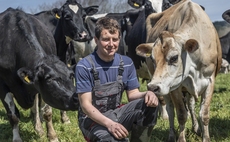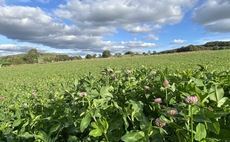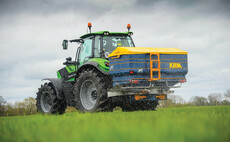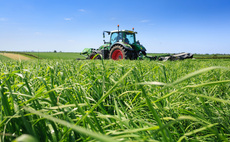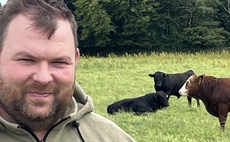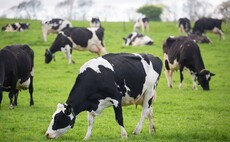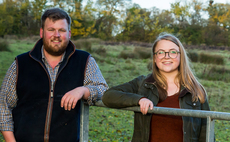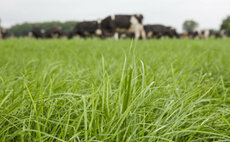grass
Young Farmer Focus
Robert Crank, 24, is a dairy farmer in Ince, Cheshire, and discusses working collaboratively with his family as well as his role in Beeston and Cheshire Young Farmers' Clubs
In your field
Alan Carter farms in partnership with his parents, Paul and Christine, on a 162 hectare (400-acre), 400-cow dairy unit at Constantine, Cornwall, with 130 milking cows, supplying Saputo. Alan, also a Parish Councillor, and his wife Sarah, have two children, Ross and Dana
Dairy
Expert highlights that establishing herbal and multi-species leys is fundamentally different from grassland reseeding
Livestock
As soils start to warm and farmers head out with the fertiliser spreader, it is important to plan nitrogen applications to avoid compromising the ability to take an early first cut
Livestock
Reflecting on last year's silage season and ensuring everything is ready ahead of cutting this year will pay dividends
Livestock
Deeside Monitor Farmers Duncan and Claire Morrison trialed finishing bulls at grass last summer
Dairy
How and why milk from forage should be optimised, regardless of system type was discussed at Mole Valley Farmers' recent Farmer Expo event in Shepton Mallet
In your field
James and Isobel, with their two young children, recently bought their first farm, and plan to run beef and sheep over 13.8 hectares (34 acres), renting a further 44.5ha (110 acres). James works for tech firm Breedr as UK country manager
Livestock
Often thought of as a tickbox exercise to conform with regulatory requirements, investing in a detailed nutrient plan can deliver significant benefits for dairy and livestock producers, with new technology now set to make the task significantly easier
Livestock
A conference to celebrate 25 years of Northern Ireland's GrassCheck service looked at how the project is helping to deliver a sustainable future for ruminant agriculture


 10 September 2025
•
2 min read
10 September 2025
•
2 min read
